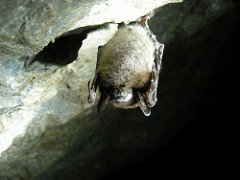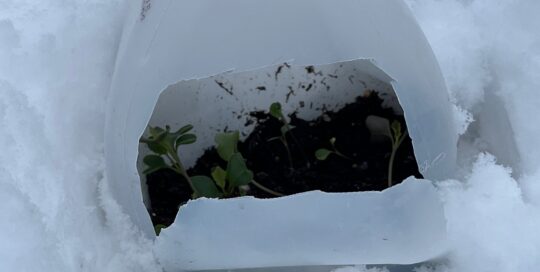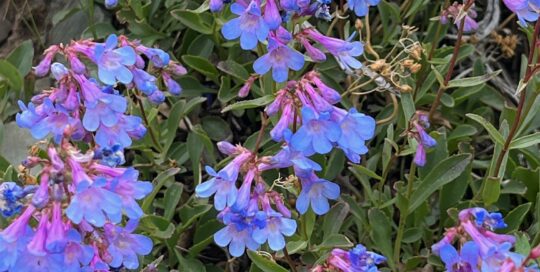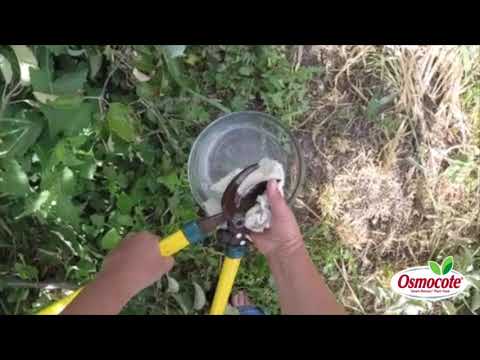It’s Time to Celebrate Bats
Views: 4753

As Halloween approaches, I want to talk about bats. Not the spooky ones in seasonal displays, but the ones who eat millions of bugs every year. Plus, October 25-31 is National Bat Week, so it’s a good opportunity to talk about these useful neighbors to have in the yard and garden.
While bats might give a lot of people the heeby-jeebies, we would be in trouble without them. The United States Geological Survey estimates bats save the agricultural community close to $3 billion in pest control. And the sad reality is, some populations are in serious trouble.
We had a lot of bats around our place this summer. When we were out in the evenings, it was common to see them emerge from a couple of nearby pine trees and dash back and forth in the sky, scooping up those nasty mosquitoes and other insects. The nightly routine was “count the bats” during our walks or bike rides. And it was interesting to learn from a local bat expert that they were most likely drinking from the little water feature my husband installed this spring. I never thought about it, but bats need water, too, and it’s not like there is a lot available to them at flight level.
White-Nose Syndrome is killing the bats
When I wrote a story on a local cave restoration project, I learned we are losing them at an alarming rate in the United States due to a fungal infection called White-Nose Syndrome. Since 2006, experts estimate nearly 6 million bats in the eastern United States have died, and the infection continually marches west.
The most prominent visual evidence is a white fuzz on the bat’s nose and sometimes other hairless parts (like the wings) of the bat’s body. They’ll also behave strangely, often awakening during the winter. Since their sleep is disturbed throughout the winter, they lose valuable fat reserves, and they either don’t make it through the season, or they are extremely weak and dehydrated by spring. Because of this, White-Nose Syndrome has an extraordinarily high mortality rate, and there have been many hibernaculas—the places where bats spend the winter—completely lost to the infection.
So how can people help?
The first step is to be a bat friendly location. Part of this is having a garden. A plain lawn doesn’t have much to offer insects, and ultimately bats, but a diversified landscape is a boon to both. If you already have a garden, consider installing a water feature. I learned that the small pond in our garden was a draw to them, along with the birds and other garden residents. We never saw the bats using the pond this summer, but I think it would be a really neat project to set up the game camera next summer to see what happens.
Install a bat house if you have the space. Or volunteer to monitor a bat house that’s already set up by the local fish and wildlife agency. Many of these organizations are more than happy to have citizen scientists willing to step up.
And for people who venture into caves, there is a specified decontamination process you should follow to reduce the chance of spreading the disease into a formally uninfected region. Research what you need to do, and be sure you are consistent.
I have to admit, I never thought much about bats and how they are a beneficial partner in the garden. I enjoyed watching them fly in the summer night sky, but I was probably more cognizant (okay, paranoid) of the rabies potential than what they do for us. It’s time to change that thinking and do what we can to preserve and protect them.
The photo of the little brown bat affected with White-Nose Syndrome was taken by Marvin Moriarty of the U.S. Fish and Wildlife Service in Greeley Mine, Vermont.
Meet Amy Grisak
Amy is a freelance author and photographer in Great Falls, MT who specializes in gardening, foods, and sustainable agriculture. She provides information on every kind…
Amy's Recent Posts

Try Your Hand at Winter Sowing to Gain a Jump on the Season








